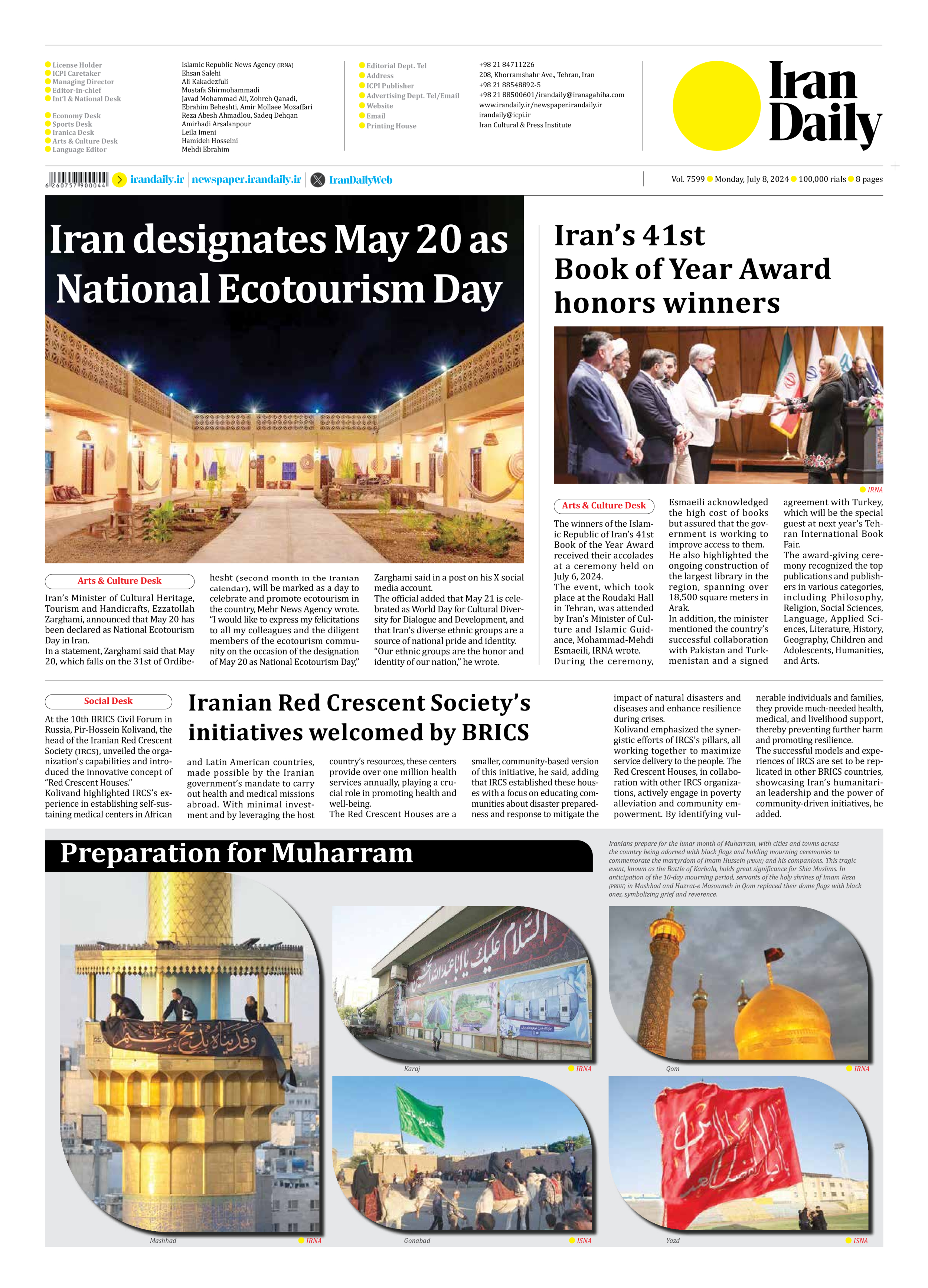
Copy in clipboard...
Iranian Red Crescent Society’s initiatives welcomed by BRICS
Kolivand highlighted IRCS’s experience in establishing self-sustaining medical centers in African and Latin American countries, made possible by the Iranian government’s mandate to carry out health and medical missions abroad. With minimal investment and by leveraging the host country’s resources, these centers provide over one million health services annually, playing a crucial role in promoting health and well-being.
The Red Crescent Houses are a smaller, community-based version of this initiative, he said, adding that IRCS established these houses with a focus on educating communities about disaster preparedness and response to mitigate the impact of natural disasters and diseases and enhance resilience during crises.
Kolivand emphasized the synergistic efforts of IRCS’s pillars, all working together to maximize service delivery to the people. The Red Crescent Houses, in collaboration with other IRCS organizations, actively engage in poverty alleviation and community empowerment. By identifying vulnerable individuals and families, they provide much-needed health, medical, and livelihood support, thereby preventing further harm and promoting resilience.
The successful models and experiences of IRCS are set to be replicated in other BRICS countries, showcasing Iran’s humanitarian leadership and the power of community-driven initiatives, he added.







